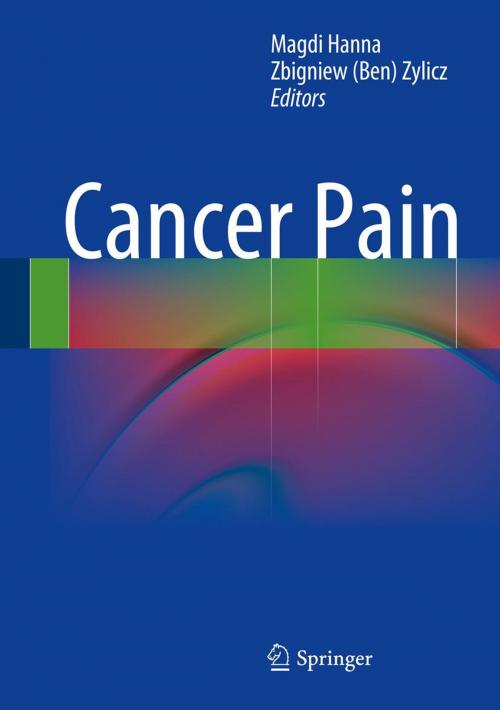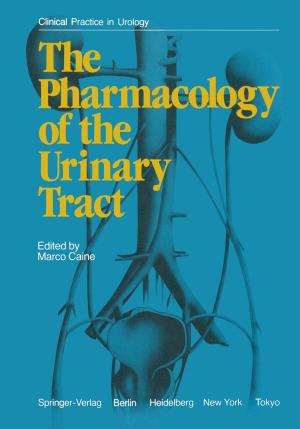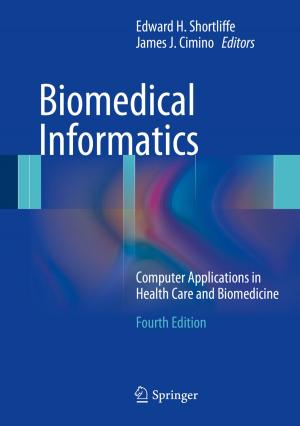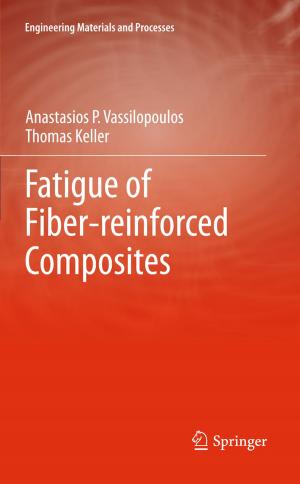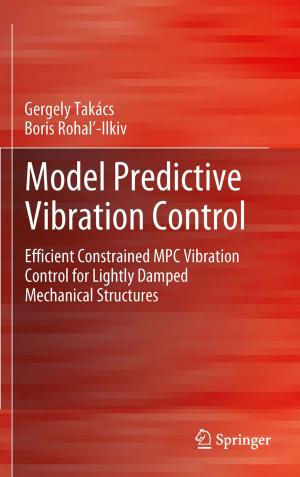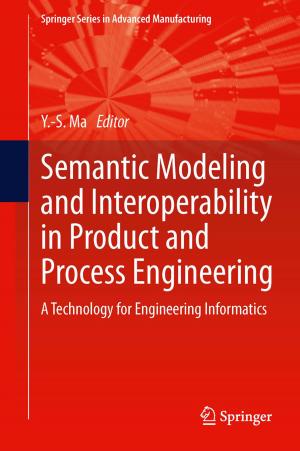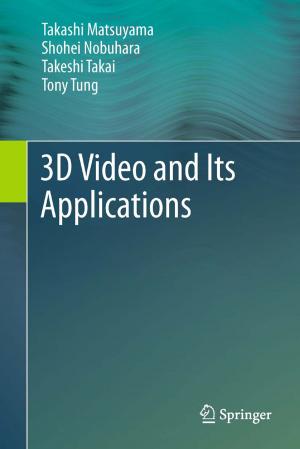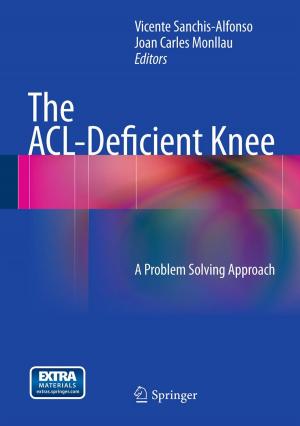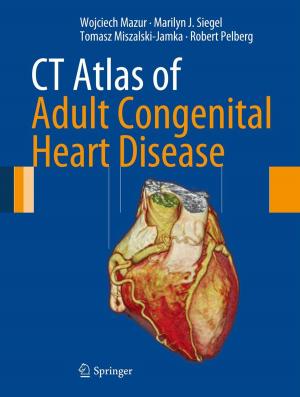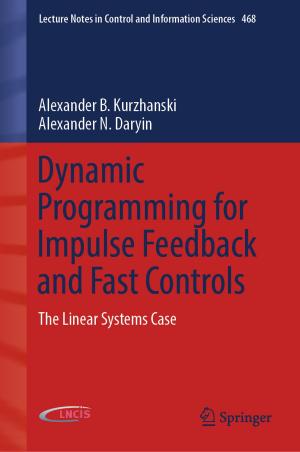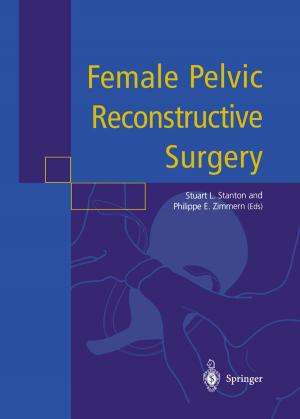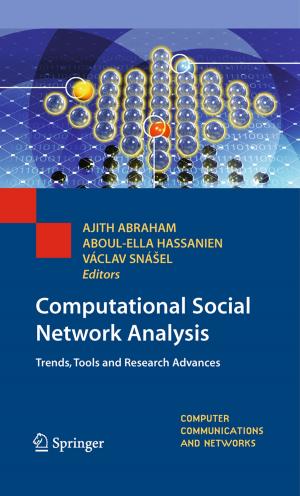Cancer Pain
Nonfiction, Health & Well Being, Medical, Patient Care, Pain Medicine, Specialties, Oncology| Author: | ISBN: | 9780857292308 | |
| Publisher: | Springer London | Publication: | July 31, 2013 |
| Imprint: | Springer | Language: | English |
| Author: | |
| ISBN: | 9780857292308 |
| Publisher: | Springer London |
| Publication: | July 31, 2013 |
| Imprint: | Springer |
| Language: | English |
Cancer Pain provides a comprehensive, practical guide to the management of pain in cancer patients. Beginning with a discussion of current issues in the control of cancer pain, the initial chapters provide a clear, concise explanation of cancer pain syndromes, an up-to-date understanding of the pathophysiological mechanism and recent developments in creating pre-clinical cancer pain models. The book offers the reader the wide and improved options for management of cancer pain in clinical practice including the use of opioid and non-opioid drugs and the role of non-pharmacological methods in pain control. Subsequent chapters address particular challenges in pain control, such as breakthrough pain, neuropathic cancer pain, as well as pain associated with cancer treatment which, until recently, has not been fully appreciated. Recent issues relating to new adverse side effects to chronic opioid medications such as hyperalgesia and neurotoxicity are explained, and best practice to reduce or avoid them is stated. The book also aims to aid in the overall educational need for young doctors as well as established primary care physicians by highlighting the available tools and the importance of early pain interventions in the overall cancer treatment strategy.
Cancer Pain provides a comprehensive, practical guide to the management of pain in cancer patients. Beginning with a discussion of current issues in the control of cancer pain, the initial chapters provide a clear, concise explanation of cancer pain syndromes, an up-to-date understanding of the pathophysiological mechanism and recent developments in creating pre-clinical cancer pain models. The book offers the reader the wide and improved options for management of cancer pain in clinical practice including the use of opioid and non-opioid drugs and the role of non-pharmacological methods in pain control. Subsequent chapters address particular challenges in pain control, such as breakthrough pain, neuropathic cancer pain, as well as pain associated with cancer treatment which, until recently, has not been fully appreciated. Recent issues relating to new adverse side effects to chronic opioid medications such as hyperalgesia and neurotoxicity are explained, and best practice to reduce or avoid them is stated. The book also aims to aid in the overall educational need for young doctors as well as established primary care physicians by highlighting the available tools and the importance of early pain interventions in the overall cancer treatment strategy.
